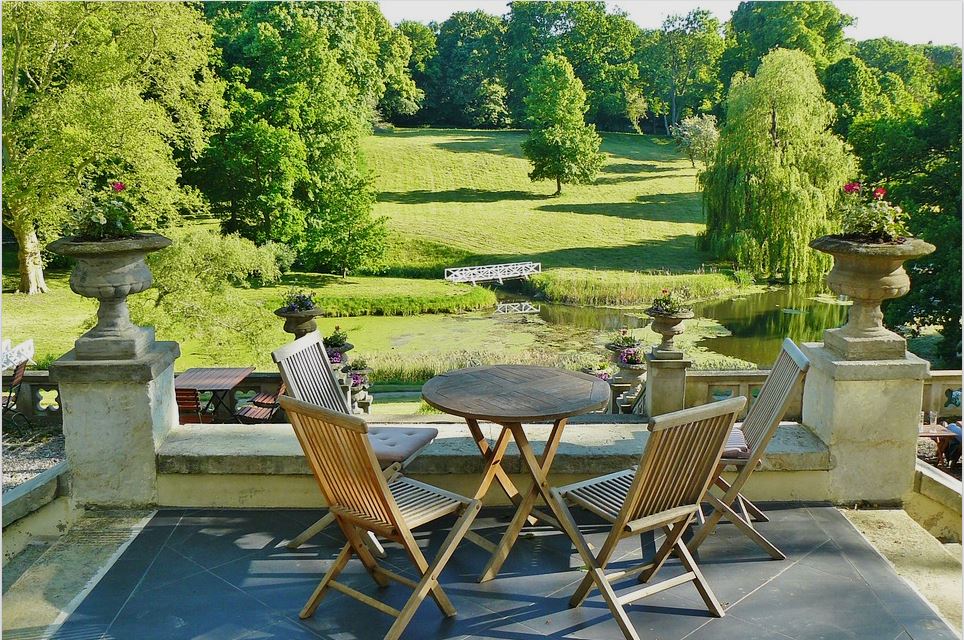Pros and Cons of the Top 4 Outdoor Furniture Materials

Did you recently move to a new house, or just get the budget space for decorating your old one? Is your yard lacking a good place to sit down and relax or have a conversation with a close friend? Now is the time to start searching for the right chairs and tables for your garden. There’s a lot to consider before you head to the department store, however. Knowing the qualities of various materials will help you ensure that your furniture meets the needs of your home. Here are the pros and cons of four of the most popular materials for outdoor furniture.

Plastic is very affordable, and it completely waterproof. Plus, plastic lawn furniture comes in many colors, allowing for a wide range of color schemes for your patio. The best part is this material is super lightweight, making redecorating and rearranging easier. Like all materials, however, plastic does have a few downfalls. Most plastics, unless otherwise specified, are easily bleached in the sun. They also tend to be unable to hold as much weight as other materials and will snap or warp when that weight limit is exceeded. If your area is prone to high-velocity winds, you’ll also find that furniture made of this material is more easily carried off in a storm.
A wicker chair, due to the weaving manner of construction, has more natural give to the surface and is, therefore, more comfortable than other materials. It is also highly resistant to bleaching or fading from sun exposure, and is very durable. The bad thing about this medium is low-quality products can show wear and tear over time. If you want a wicker chair that won’t scrape easily, you’ll often have to pay more than the lower-quality versions. It also isn’t entirely water and moisture-proof, and so it can also be sticky on humid days.
Solid wooden furniture does not hold the heat from the sun like metal, making it more comfortable on hot days. Durability is another advantage of wood benches, tables, and chairs, as it can hold more weight than plastic when constructed properly. Wood lasts a long time when you take care of it and seal it properly. The disadvantages of this type of lawn furniture are that wood is heavy, can splinter, and is more expensive. It also takes a lot of maintenance to care for the material properly when you want it to hold up, requiring sealants to be applied to the surface to prevent water damage. Because solid wood is more absorbent in general, it’s best to bring this furniture indoors during rainy or snowy weather.
While metal isn’t considered the most colorful material by some, this material comes in a variety of finishes. If you want a particular color, then you can find metal furniture with a powder coating in many hues that won’t chip off. This protective layer minimizes sun damage and scratching, as well. One major advantage of metal furniture is that it is incredibly sturdy, able to withstand weather and heavy weight. The bad thing about metal is that it burns the skin quickly on boiling hot days because it absorbs heat, so you’ll want to leave it in the shade during the summer. Iron, in particular, holds heat a long time because this material is often painted a dark color. It also loses heat in the winter, making it bitterly cold to sit on if it doesn’t have a cushion.
Your outdoor space is an area where you can create a serene oasis or party central. Choosing the right material for your furniture can help you design a space of serenity and relaxation for when you want to step outside and enjoy the yard. Each furniture type on our list has benefits and disadvantages. The key is to weigh out each product type and see which one works best for the way you intend to use your yard and furniture, as well as for the climate you live in.
